Measurement methodology
The German company Arctic celebrates 23 years of its founding this year and to mark the occasion, new Liquid Freezer III AIO coolers were recently introduced. Today also sees the launch of new Arctic Freezer 36 air coolers. These coolers come with a number of bold innovations and one of them has led to some changes to the format of today’s review. Today, we’re going to take a look at the top model in this series with the A-RGB Black moniker.
Testing methodology
As already mentioned in the introduction and explained in the text, I had to completely modify the methodology to test this cooler. For this cooler, as a test processor and heat generator, I used an Intel Core i9-13900 in an ASUS ROG Strix Z690-G Gaming motherboard. As always, the entire build is mounted on a Streacom BC1 frame with no fans to provide airflow.
Acoustic shielding (acoustic foam on OSB boards) is installed around the test rig to eliminate ambient noise. A calibrated Voltcraft SL-100 noise meter is placed perpendicular to the cooler in a fixed position relative to the motherboard at a distance of approximately 35 cm from the processor socket.
Stress tests were performed using Prime95 with a duration of 30–35 minutes. The cooler was tested at standardized noise levels (39, 42 and 45, as none of the coolers tested reached 48 dBA) and at maximum speed. Tests were conducted in one set with the PL1/PL2 set to 165 W. This is therefore a relatively high thermal load for the Arctic Freezer 36 and its rivals.
Out of curiosity, I also tried unlocking all the limits, but peaks above 300W and sustained loads around 250–270W were simply too much waste heat and the processor automatically reduced its clock speed in a matter of seconds to avoid overheating above Tjmax. I then recorded the highest temperature reached after the test was over. I have not corrected the measured values against the ambient temperature, so in the results you can see the absolute maximum temperature of the processor with the room temperature at 18 °C.
I have made several changes in the methodology with the clear aim that someone should not foolishly compare today’s (non-conceptual) tests with the conventional ones only in terms of the amount of thermal output or the temperature difference with the surroundings. The Intel Core i7-11700K and the Intel Core i9-13900 are two completely different processors, whether it’s the different size of the heat spreader, the different size of the silicon, or the different power management. You simply cannot compare apples and pears.
- Contents
- Key features
- Measurement methodology
- Results – 39 and 42 dBA
- Results – 45 dBA and maximum speed
- Spectral analysis of noise
- Conclusion and evaluation





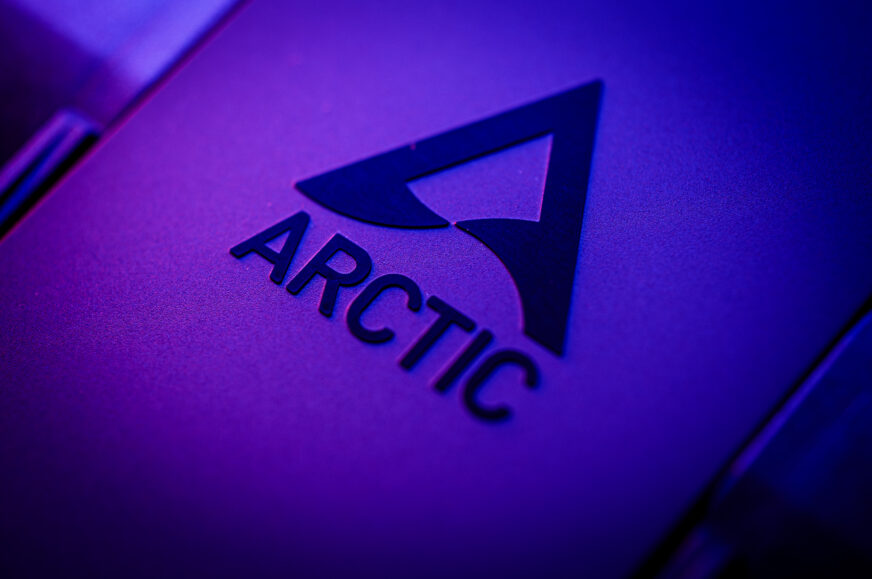
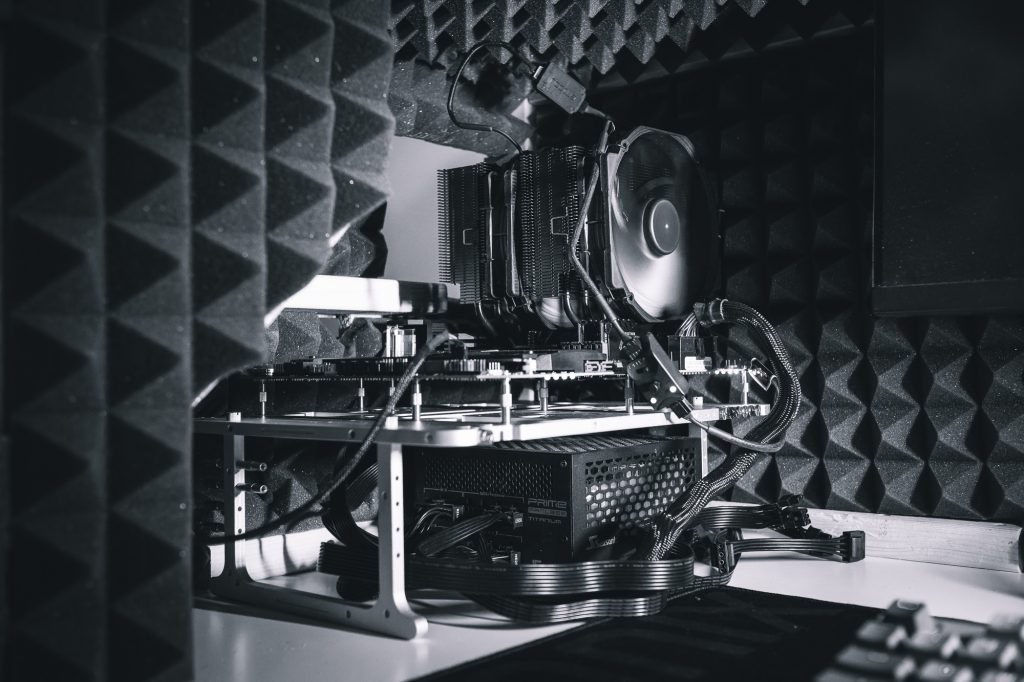
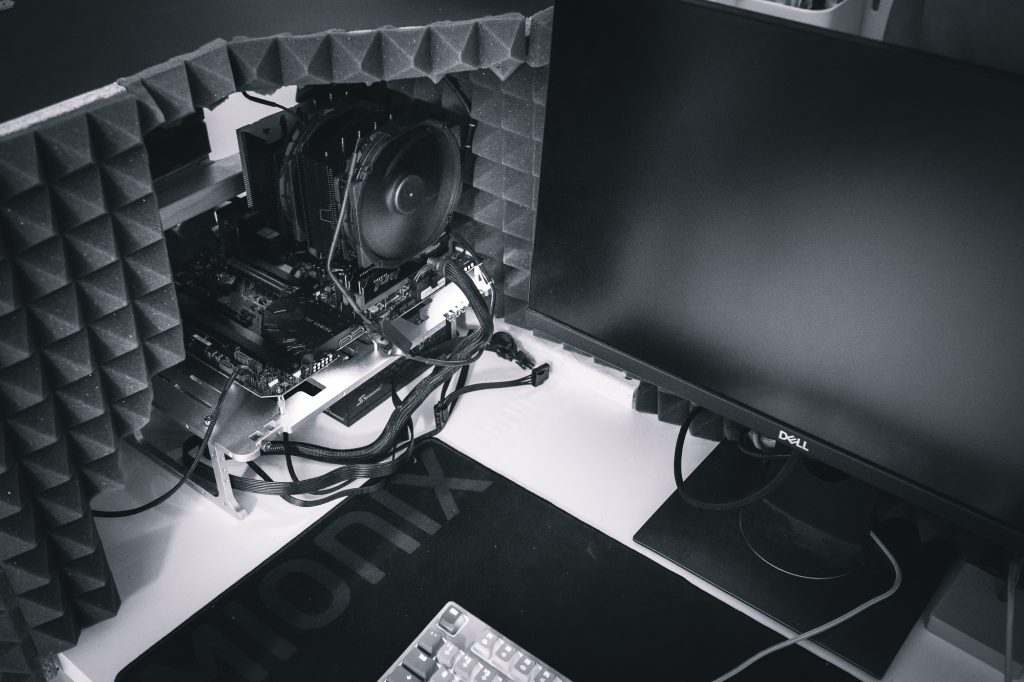
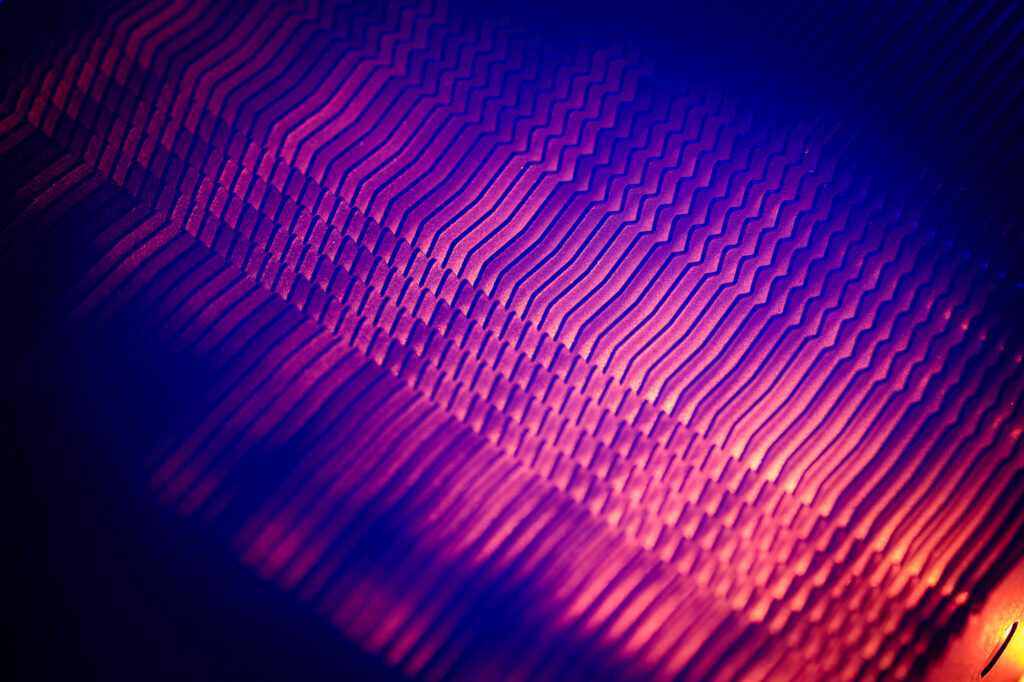
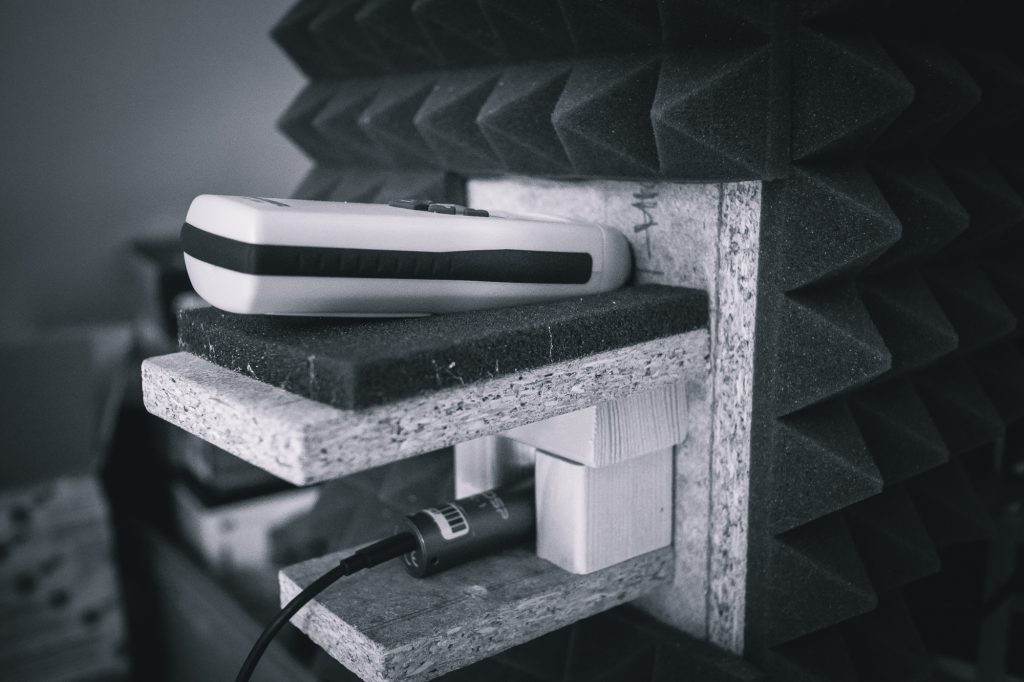
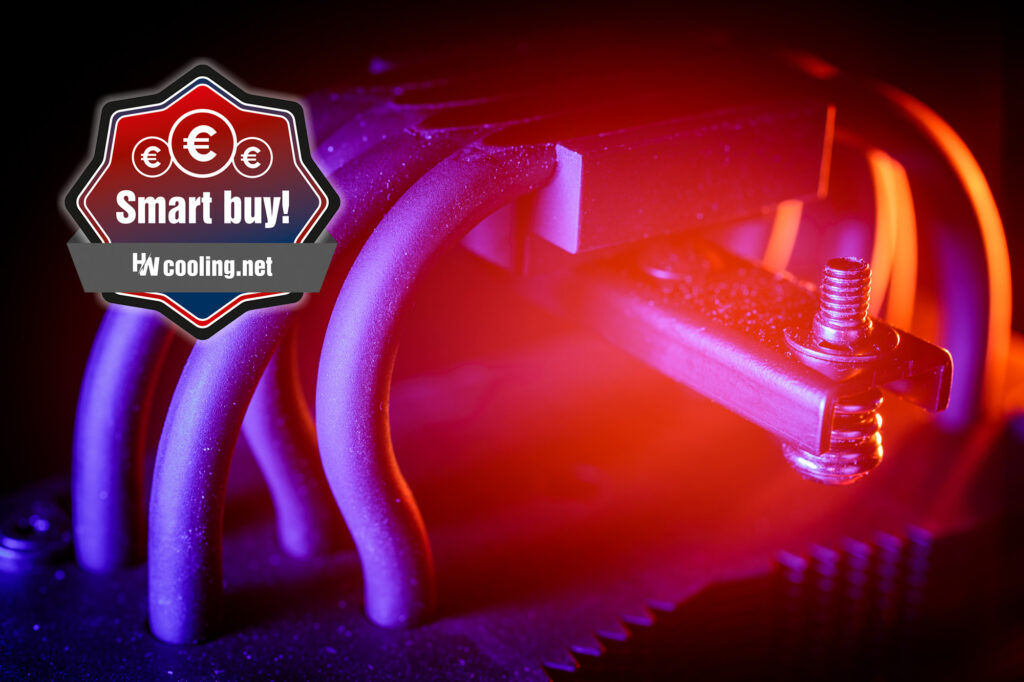

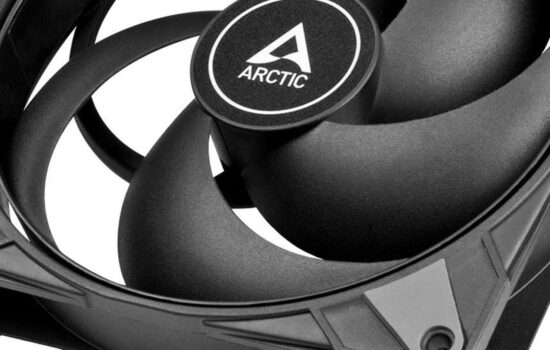
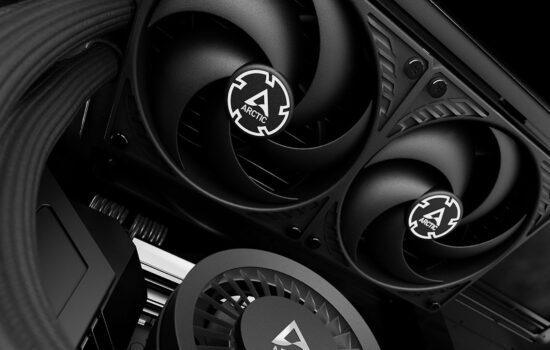



I think the spectrum isn’t bad. It seems pretty favorable when compared to D15, MA824 and Dark Rock Pro Elite.
The spectrum page would benefit from a tool where you can switch between or even overlay multiple spectra together.
Hello and thanks for your comment.
As I stated in the review – objectively, the acoustic profile is actually rather good, but subjectively, the humming/fluttering sound coming from the fan is perceived worse than e.g. Endorfy Fluctus fans on Fera 5 Dual Fan, which was slightly louder, but more pleasant to the ears. Yes, we are splitting hairs here, but still 🙂
The results are surprising here. It’s basically the same as Endorfy Fera 5 Dual Fan. This doesn’t seem consisent with other reviews, which show it outperforming the Endorfy Fortis 5 Dual Fan (and that one outperforms Fera 5).
Do you think it outperforms the relatively new Fortis with 6 heat pipes? I doubt it.
Can you please cite some sources (those other reviews…) that support your claim? I would like to study their testing methodology and try to understand why this might be happening.
https://youtu.be/5TW_5W702dc?t=649 — here it has better result than Fortis 5
But then you are comparing coolers at maximum fan speed, in which case the Fortis 5 is quieter than the Arctic Freezer 36. Yes, for the price of higher noise, the cooling performance of the A36 can probably be a hair higher. Our results don’t contradict that.
Still, I find it odd that it just matches the Fera 5 in this test. It has a slightly bigger heatsink, and it comes with a contact frame, and the contact frame alone should put it ahead. Could it be because the Fluctus 120 fans that come with Fera 5 are much better than Arctic’s P12?
I wouldn’t say that one fan (Fluctus 120 PWM on the Fera 5) or the other (P12 ARGB on the Freezer 36) is significantly worse or better. The airflows at comparable noise levels are similar enough even on radiators that the level of psychoacoustic optimizations of both coolers will play a key role when it comes to cooling performance at comparable noise levels. Specifically, which of the fans will be quieter with “its heatsink” (from the Fera 5 or the Freezer 36) when achieving the same airflow.